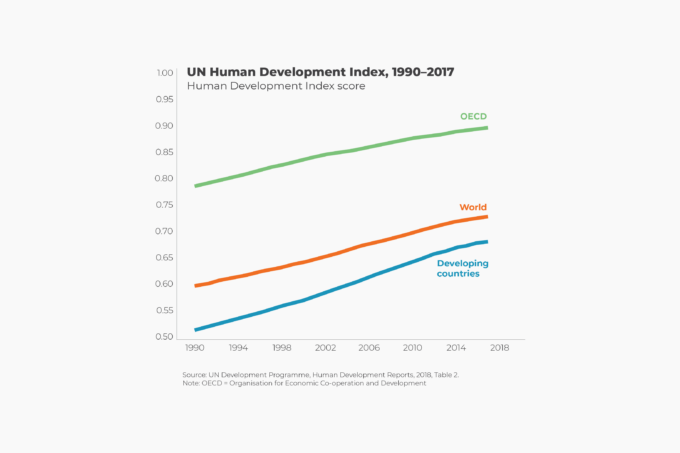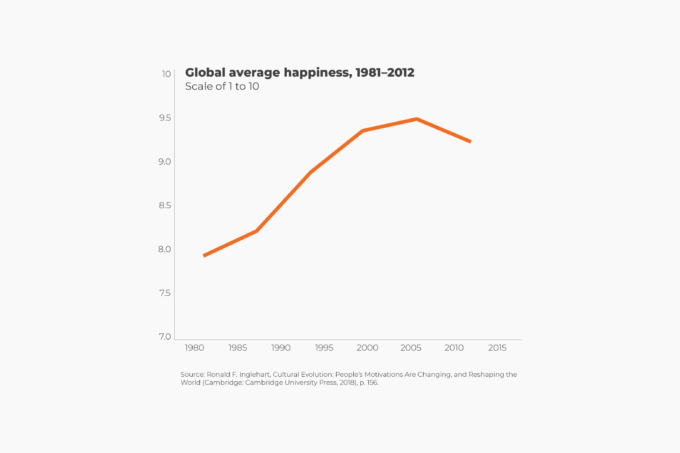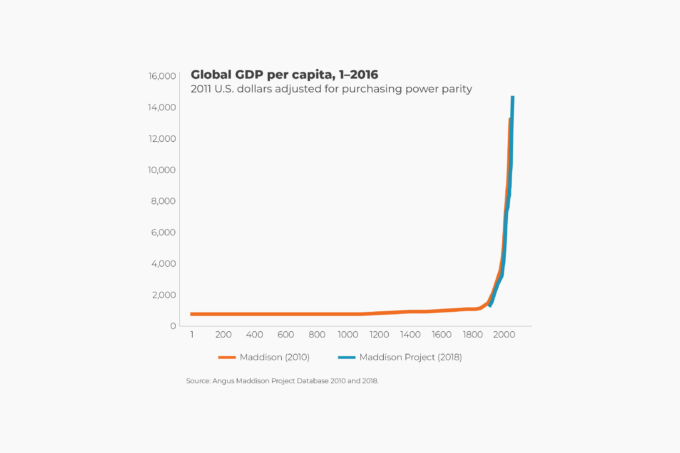As a general rule, slum dwellings lack access to improved water and sanitation, sufficient living area, security of tenure, durability, and adequate protection of their inhabitants from the elements. In 2000, 40 percent of the world’s urban population lived in slums. That figure fell to 29 percent by 2018.
East Asia and the Pacific made the greatest progress in reducing its slum population, from 46 percent in 1990 to 26 percent in 2018. Over the same period, South Asia saw a decline from 57 percent to 38 percent; Latin America and the Caribbean from 36 percent to 21 percent; and Sub-Saharan Africa from 67 percent to 54 percent.
The total number of people living in slums, however, continues to increase because of the extremely rapid speed of urbanization throughout the developing world. According to the United Nations’ World Cities Report 2016, the number of slum dwellers increased from 689 million in 1990 to 881 million in 2014. Some of the greatest concentrations of slum dwellers include Orangi Town, Karachi, Pakistan (2.4 million); Ciudad Neza, Mexico City, Mexico (1.2 million); Dharavi, Mumbai, India (1 million); Kibera, Nairobi, Kenya (700,000); and Khayelitsha, Cape Town, South Africa (400,000).
In the short to medium term, provision of clean water and improved sanitation to slum dwellers ought to be a priority for governments and the private sector in developing countries. In the long run, if the ultimately successful process of urbanization in the West is any guide, rising incomes will enable people in poor countries to move from slums into proper dwellings on their own.








